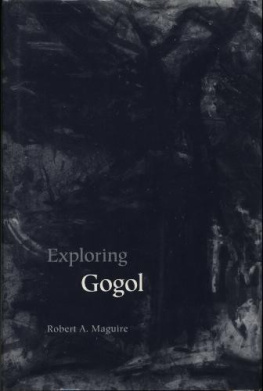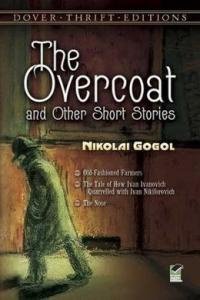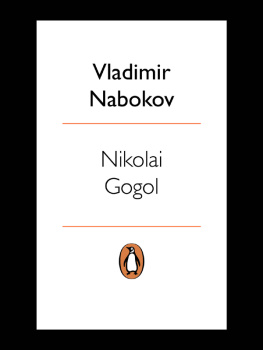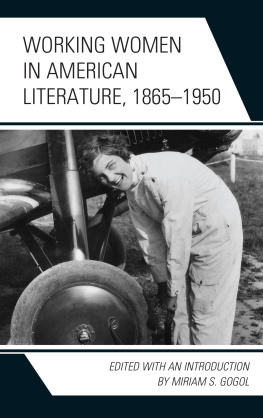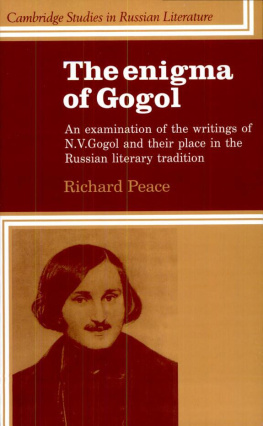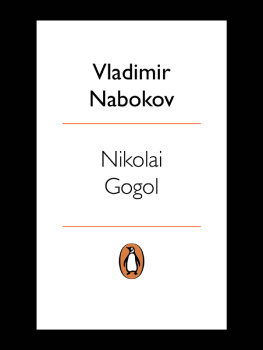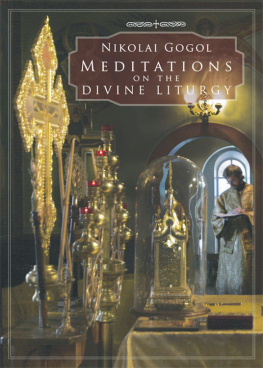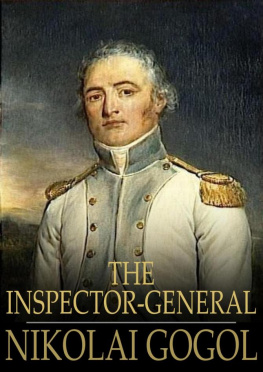Preface
WHEN I first encountered Gogol, longer ago than now seems plausible, he did not conform to my expectations of what a "great" nineteenth- century fiction writer should be. For one thing, the corpus was modest: a mere fourteen volumes (albeit substantial ones) in the only existing complete works, of which seven covered the stories, plays, and Dead Souls, and the rest, nonfiction. I found few ontological excursions of the kind that make Tolstoy, Dostoevsky, and Stendhal so discussable, by casual readers as well as scholars. There were virtually no exciting or even very interesting plots of the kind that take us back again and again to Pushkin, Poe, and Dickens. There were none of those rounded characters, to borrow E. M. Forster's once fashionable term, whom we can treat almost like real human beings, such as Raskolnikov, Emma Bovary, and Becky Sharp. At most I could identify two or three well-made stories of the kind that readers of Chekhov and Maupassant enjoy as a matter of course. It was all but impossible to paraphrase a story by Gogol, and I was usually hard put, on finishing one, to say with much confidence what it was "about." Yet the simplicity was only apparent. Except in format, these works were not really prose fictions at all, but tightly knotted poems, which produced a profound, disturbing, unforgettable impression. Reading Gogol was like visiting a house where the door was open and welcoming but we were admitted only part way. We had to be satisfied with what we could see by craning our necks from the well-lighted hallway, but we yearned to explore the whole house, particularly the attic and the basement. Over the years I
-ix-
have returned to that house again and again, with exploration as my purpose. The book offered here has been written in the first instance as an account of these explorations, and in the second instance as a testimony to my belief that Gogol is accessible not only to specialists but to readers with no knowledge of Russian. In fact, it is to them that I primarily address myself.
Gogol has intrigued and baffled critics ever since the 1830's, when his first works began to appear. I am well aware of the enormous weight of commentary that has accumulated since then. Indeed, the whole history of Russian literary criticism could be written around the various strategies that have been devised for dealing with what early came to be known as "the Gogol problem." Having fallen off steeply under Stalinism, criticism in what was then the Soviet Union began to revive about twenty years ago; and it is Gogol who has been attracting some of the most subtle and powerful readers, like Sergei Bocharov, Yury Lotman, and Yury Mann. Understandably, foreign critics discovered Gogol much later than did the Russians, really only in the past half century. First came the Germans, then the French, and then, beginning in the 1960's, the British and Americans. Ever since, the level of awareness about Gogol has been steadily rising in the English-speaking world. When I was a graduate student, more than thirty years ago, almost no one wrote Ph.D. dissertations on Gogol. Neither did I. Now, however, they are common, and many are of such high quality that they can pass into print with little revision. This growing critical achievement confirms that Gogol's magic continues to travel and to work its spell. An outstanding recent instance of Gogol scholarship is the volume entitled Essays on Gogol, edited by Fusso and Meyer, which includes contributions by several of our best specialists.
Critical writing on Gogol, in Russia and abroad, has moved in essentially four directions. One considers an aspect, such as the grotesque, or Ukrainian elements, or rhetorical devices, and follows it throughout. Another discovers a key to everything in a single theme, like demonism, or in a dominant psychological trait, like homosexuality. A third sees Gogol as a reflection of certain social and political issues of his time. The fourth studies specific texts to determine how they work as self-contained verbal entities. This last approach is the least common, and has been the preserve mainly of recent Anglo-American critics. "Diary of a Madman,""The Overcoat," and "The Nose" have been the chief beneficiaries. Virtually all the other works have yet to be treated in this way. Even The Inspector General and Dead Souls await microsurgery, although Yury Mann, among others, has been pointing the way in brilliant and stimulating studies. The sizable body of nonfiction has so far remained largely closed to this kind of reading, but promising beginnings have been made by imaginative critics
-x-
like William Mills Todd, in his essay on the letters. For other scholarly writings on Gogol, in several languages, readers may consult the exhaustive bibliography compiled by Philip Frantz, which covers works published through 1988.
Few studies in any language have considered Gogol's achievement as a whole. The ones that do all date from the twentieth century. Among the Russians who have made the attempt, I most admire Vasily Gippius, Grigory Gukovsky, and Andrei Sinyavsky. Otherwise, the best work has emanated from the English-speaking world. The first study of this kind-- which, however, ignores the nonfiction--was Vladimir Nabokov Gogol. It does not look markedly original in the context of Russian criticism, being heavily indebted to Symbolist and Formalist approaches; but in 1944, it was entirely new to Anglo-American readers, offering quirkily persuasive evidence that Gogol was something far more important than merely the "realist" or "local colorist" of long repute. Since then, the most important attempts at giving us the whole writer have been the books by Victor Erlich ( 1969), Donald Fanger ( 1979), and Richard Peace ( 1981). I should also add the book by Gippius, inasmuch as it first appeared in English translation in 1981.

